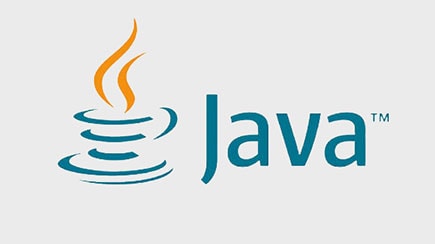
Java, a versatile and widely-used programming language, has been the backbone of countless enterprise applications for decades. Its robustness, platform independence, and extensive ecosystem have made it a preferred choice for developers worldwide. Complementing Java’s capabilities is the Spring Framework, an open-source application framework that simplifies Java development, particularly in building web applications and microservices.
Understanding Java
Java is an object-oriented, class-based programming language designed to have as few implementation dependencies as possible. Its “write once, run anywhere” philosophy allows developers to create applications that can run on any device equipped with a Java Virtual Machine (JVM). Over the years, Java has evolved, introducing features like lambda expressions, the Stream API, and modules to enhance developer productivity and application performance.
The Role of the Spring Framework
The Spring Framework provides a comprehensive programming and configuration model for modern Java-based enterprise applications. It offers infrastructure support for developing applications, allowing developers to focus on business logic rather than boilerplate code. Key features of Spring include:
-
Inversion of Control (IoC): Manages object creation and lifecycle, promoting loose coupling and easier testing.
-
Aspect-Oriented Programming (AOP): Separates cross-cutting concerns, such as logging and transaction management, from business logic.
-
Data Access: Simplifies interaction with databases through JDBC and ORM frameworks.
-
Transaction Management: Provides a consistent programming model for transaction management across different transaction APIs.
-
Model-View-Controller (MVC) Framework: Facilitates the development of web applications with a clear separation of concerns.
Spring Boot: Streamlining Application Development
Building on the Spring Framework, Spring Boot simplifies the setup and development of new Spring applications. It offers:
-
Auto-Configuration: Automatically configures Spring applications based on the dependencies present.
-
Standalone Applications: Allows the creation of standalone applications without the need for an external application server.
-
Production-Ready Features: Includes metrics, health checks, and externalized configuration to support production environments.
Recent Developments in Java and Spring
The Java ecosystem continues to evolve, with recent versions introducing features like pattern matching, records, and enhanced performance improvements. Similarly, the Spring Framework has adapted to these changes, ensuring compatibility and leveraging new language features to enhance developer experience.
Resources for Staying Updated
To keep abreast of the latest developments in Java and Spring, consider following these resources:
-
Spring Blog: Offers updates, tutorials, and insights directly from the Spring team.
-
Baeldung: Provides in-depth tutorials on Java and Spring topics.
-
Spring Framework Guru: Features articles and tutorials on Spring Framework and Spring Boot.
By engaging with these resources, developers can stay informed about best practices, new features, and the evolving landscape of Java and Spring development.